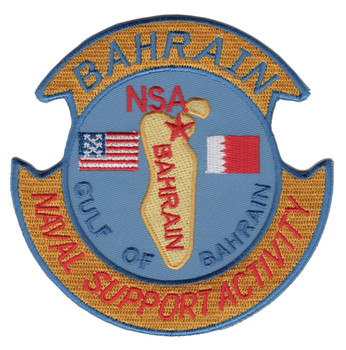Description
In the thick of the Vietnam War, far from the comforts of home, stood one of the Navy’s most vital hubs of support—Naval Support Activity Danang. Established in the mid-1960s, it was the lifeline that kept Marines, sailors, soldiers, and airmen supplied in one of the most intense combat zones of the conflict. From its harbors and depots, an unending flow of ammunition, fuel, food, and medical supplies sustained the fight across I Corps, the northernmost sector of South Vietnam.
Danang was more than a base—it was a crossroads of war. It grew into the Navy’s second largest overseas logistics command during Vietnam, rivaled only by Subic Bay in the Philippines. Convoys pushed inland to embattled firebases, while supply ships arrived daily, offloading under the constant threat of enemy attack. Onshore, warehouses and piers bustled with activity, and offshore, the harbor filled with the silhouettes of cargo vessels, patrol craft, and hospital ships.
The sailors and Seabees who served there faced more than long hours—they faced danger. Enemy rockets and mortars frequently targeted the sprawling facilities. Convoys were ambushed on the roads they supplied. Yet the mission never stopped. Every gallon of fuel delivered, every crate of ammunition offloaded, every meal prepared kept the frontline units fighting. Without the steady hand of NSA Danang, the Marines at Khe Sanh, the patrols in the DMZ, and the countless operations in I Corps could not have endured.
By the war’s end, Naval Support Activity Danang had become a symbol of Navy adaptability and sacrifice in the face of grueling demands. Though often overshadowed by combat units, its sailors carried the war on their shoulders, proving that battles are not won by rifles alone but by the lifelines that keep armies moving.
The Naval Support Activity Danang patch honors those who built, supplied, and endured in Vietnam’s most perilous theater. It is a tribute to the unsung heroes who sustained the fight, who made victory possible one shipment at a time, and whose service remains etched into the history of America’s longest war.

















